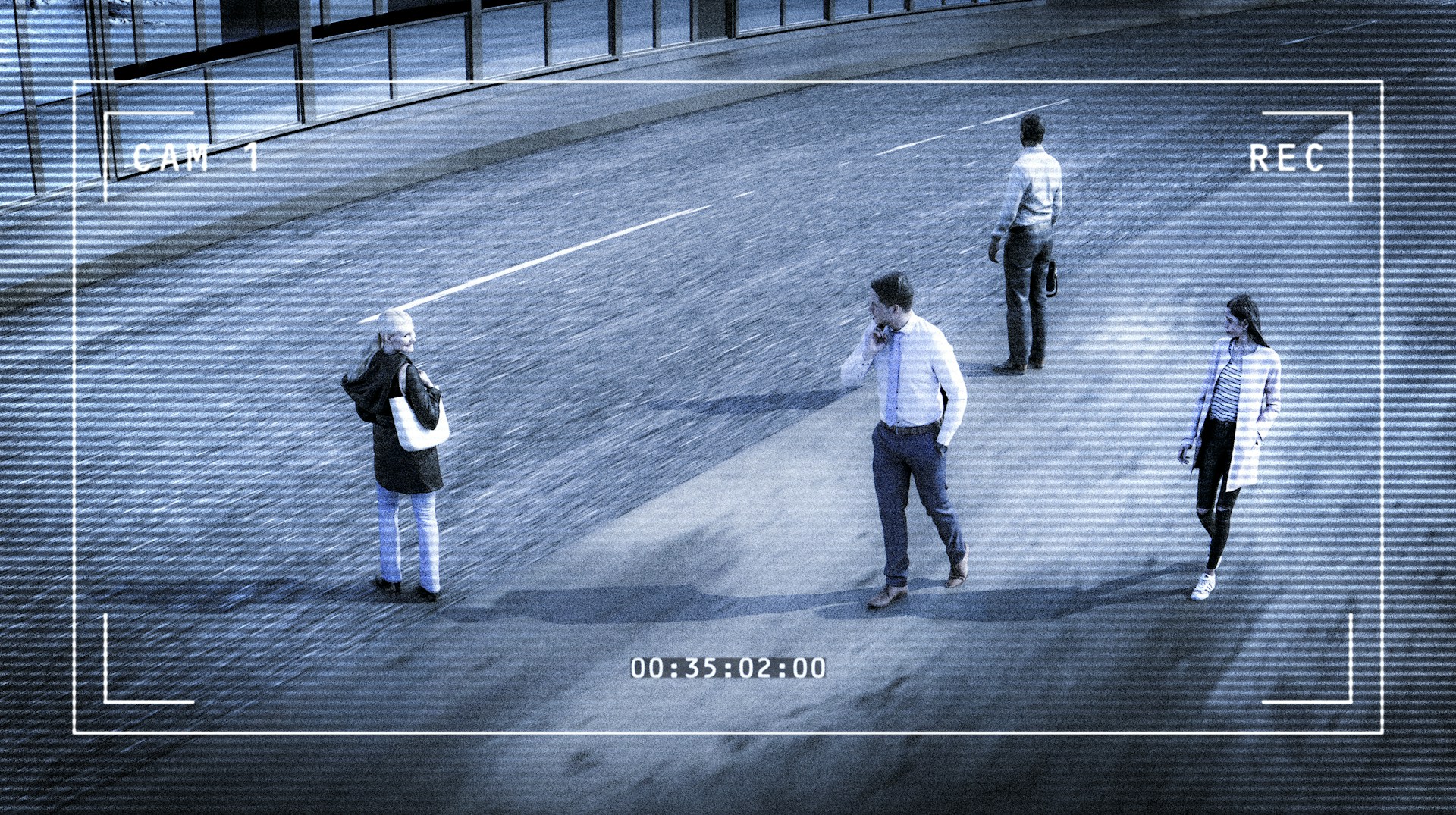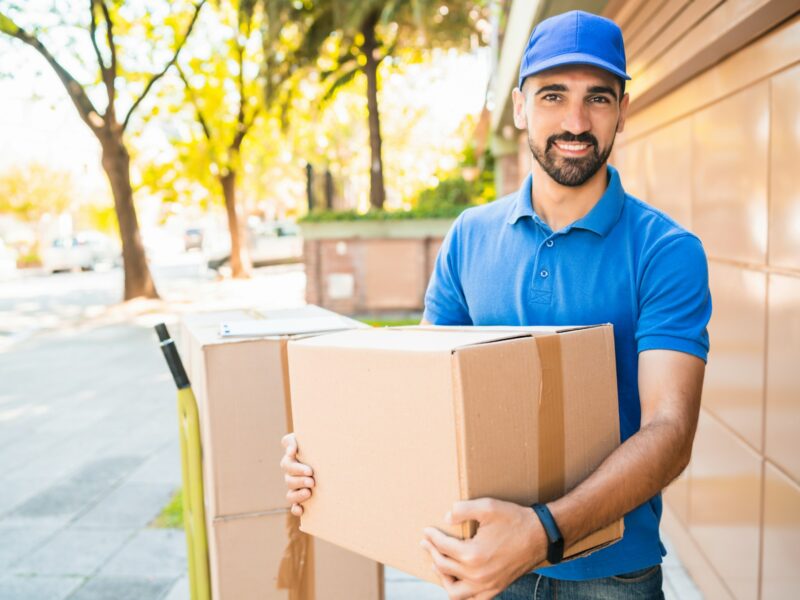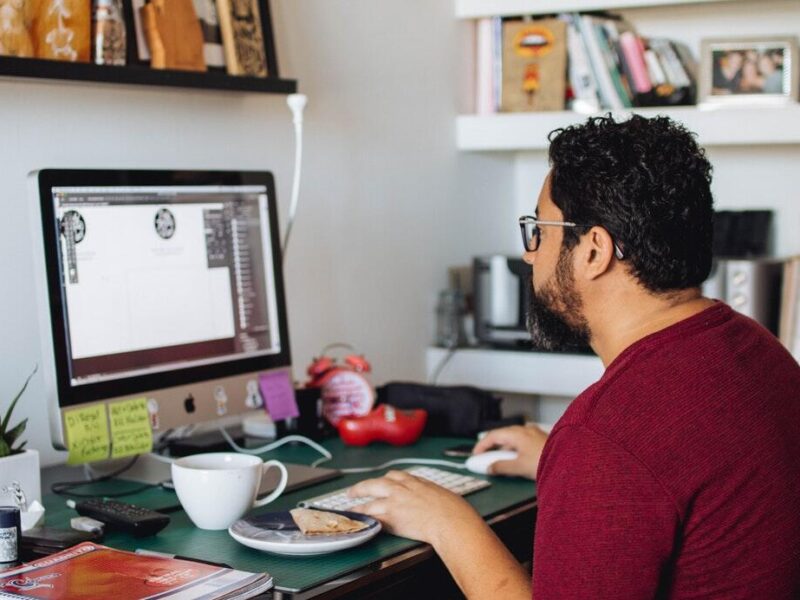Security cameras are everywhere these days. They’re stuck to buildings, watching from corners, and even flying on drones. They’re great for recording what’s going on, but here’s the thing—just because something’s being recorded doesn’t mean it’s being stopped.
That’s where security patrols come in. Cameras might catch someone doing something wrong, but by then, it’s already happened. Patrols, on the other hand, can stop it before it even starts.
Contents
Cameras Don’t Move—People Do
Cameras only see what they’re pointed at. If someone sneaks around the side of a building, where there’s no camera, they’re not getting caught on video. And even if there’s a camera there, it’s probably not going to alert anyone right away.
Security guards, especially those on patrol, are always moving. They can walk around corners, check dark spots, and go where the action is. They notice weird stuff before it becomes a problem. If a door’s cracked open or someone’s hanging around a place they shouldn’t be, a guard will see it and deal with it right then and there.
That’s why places that want real-time protection often hire security guards Adelaide to patrol their property. It’s not about watching something bad happen—it’s about stopping it before it even begins.
Cameras Don’t Talk to People
Another big difference? Cameras can’t speak. A camera doesn’t say, “Hey, can I help you?” when someone looks lost or sketchy. It can’t ask a stranger to leave. It can’t call out someone sneaking into a staff-only area.
Guards can. A simple “Can I help you?” from a patrol officer is usually enough to send someone away if they’re up to no good. That kind of presence makes a place feel protected. People behave better when they know someone’s watching in person, not just through a lens.
Plus, guards help regular people too. If someone drops their phone, needs directions, or feels unsafe walking to their car, a security patrol is right there to help. Cameras can’t do any of that.
Not Everything Bad Gets Noticed on Video
Most cameras don’t have people watching them 24/7. A lot of the time, no one checks the footage unless something goes wrong. That means someone could break in, steal something, or cause damage and no one would know until hours later.
But patrols work in real time. If someone’s climbing a fence or trying to smash a window, a guard is there to stop it. And if they can’t stop it, they can call for help right away.
Also, cameras don’t notice smells, sounds, or weird feelings. Guards do. If something smells like smoke, or a car alarm keeps going off, or there’s a strange noise coming from the back of a building, a human notices that. Cameras can’t sense those things.
Patrols Are Always Changing
One smart thing about patrols is that they don’t always take the same path. If someone’s planning to do something bad, they might try to figure out where the cameras are and avoid them. But patrols? They can go a different route every time. That makes it hard for anyone to guess where the guard is going to be.
This surprise factor helps a lot. It keeps people from thinking they can sneak around. It also helps guards spot stuff that’s new or out of place because they’re seeing it with fresh eyes each time.
Cameras Still Help—But They’re Not Enough
Now, this doesn’t mean cameras are useless. They’re definitely helpful. They can record evidence, help figure out what happened, and even scare people off just by being there. But relying only on cameras is risky.
If something goes wrong and all you have is a video of it, it’s too late. You still have to deal with the damage, the mess, or the missing items. That’s why a mix of both—technology and patrols—is the best setup.
Having guards on site makes everything safer. They work with the cameras. If the camera shows someone acting weird, a guard can go check it out. If a camera catches a problem, the guard can respond. It’s a team effort that works better together than alone.
It’s About Being Seen
When people see a security guard walking around, they behave differently. It’s not fear—it’s awareness. They know someone’s watching. That’s called deterrence, and it works really well. Most problems happen when people think no one’s around to notice.
Guards don’t need to be scary or bossy. Just being there helps. It shows someone cares about keeping the place safe, whether it’s a shopping centre, school, apartment building, or event.
Safety Is About Action, Not Just Footage
In the end, safety isn’t just about recording what happens—it’s about stopping bad things from happening at all. Patrols make that possible. They’re not just standing around. They’re walking, checking, helping, and paying attention.
A camera will never stop someone in the middle of doing something wrong. But a patrol might.



